Navigating UAE’s New Tax Era: Corporate Restructuring Essentials

If you run a business in the UAE, you’ve probably noticed that things feel very different these days. The old “tax-free” days are gone, and corporate tax is now a fact of life for most UAE companies. So, what does this mean when you want to merge, split up, or shift assets within your group? Simple: every big move comes with tax consequences, and if you want to stay efficient and avoid unexpected costs, you’ll need to plan smarter than ever before.
Let’s break down what’s changed, how the new rules work, and the practical steps that will help you keep your business agile and tax-smart.
How Corporate Tax Changed the Restructuring Game
Until recently, companies in the UAE could shift assets, combine businesses, or reorganise with almost zero tax worries. Want to merge two subsidiaries? Easy. Need to sell a business unit to another group company? No problem. There were no tax bills lurking in the background.
Now, with corporate tax in place, that’s changed. Most restructuring activities,whether it’s a merger, a demerger, a share sale, or just moving assets from one part of your group to another; can potentially create a taxable gain. That means you could owe 9 percent on any increase in value, unless you structure the move to qualify for relief.
So, routine internal shuffling isn’t so routine anymore. You need to think ahead, check the rules, and keep records that show you did it by the book.
How Business Restructuring Relief Works
To help businesses adapt, the UAE’s Corporate Tax Law (Article 27) offers a way to restructure without triggering a big tax bill if you meet the conditions. Here’s what needs to happen:
- The transfer involves an independent business or part of a business
- The transaction is done in exchange for shares, not cash
- Both companies are based in the UAE and subject to tax
- They follow the same accounting standards and financial year
- There’s a genuine commercial reason for the move; not just tax savings
When you tick all these boxes, you can transfer assets at book value, which means there’s no immediate capital gain and no tax bill right away.
Important tip:
If you sell those assets or shares within two years, you lose the relief and have to pay the tax. So, don’t use this just as a way to dress up a sale.
Group Relief: Making Moves Within Your Group
What if you’re just transferring assets between companies in the same group? The UAE allows “group relief” under Article 26, which lets you defer the tax bill—again, if you play by the rules:
- Both companies are UAE-based
- They’re at least 75 percent commonly owned
- You’re moving capital assets, not inventory
Let’s say a logistics company moves delivery vans from one branch to another. As long as the group is structured properly, you can apply for group relief. But if those vans leave the group within two years, the tax is back on the table.
Mergers and Acquisitions: What to Watch For
Restructuring isn’t just about shifting assets. If you’re buying or selling companies, the new tax regime brings some big changes:
- Share sales may be tax-free if the seller owns at least 5 percent and has held the shares for at least a year.
- Asset sales usually trigger tax unless you qualify for relief.
You’ll also need to:
- Do proper business valuations
- Use fair (arm’s length) prices for deals between related companies
- Keep all your paperwork in order
Pre-sale restructuring is now common, with companies reorganising before a sale to take advantage of reliefs or reduce their tax bill.
Spin-Offs and Demergers: A New Approach
Thinking about splitting your business into separate companies? You’ll need to show the new division is independently viable, with its own people, assets, and operations. It must also use the same accounting standards and financial year as the main company, and the transfer has to be in exchange for shares.
Example: A food producer wants to spin off its delivery operation as a new entity. If the move ticks all the boxes, it can happen tax-free. If not, expect a tax bill.
Holding Companies and Group Structures
Many UAE businesses are moving towards holding company structures. Here’s why:
- You need 75 percent common ownership for group relief
- With 95 percent ownership, you can form a tax group and file a single return
Benefits:
- Simpler paperwork and compliance
- Ability to offset profits and losses within the group
- Tax-free dividends and capital gains (if you meet the participation exemption rules)
But beware:
If your group includes free zone companies, the rules get tricky. Qualifying Free Zone companies don’t get all these tax benefits, and you can’t mix them into a mainland tax group.
Transfer Pricing and Record-Keeping
No matter how big or small your company is, related-party transactions have to be priced fairly just like you were dealing with a third party. That’s called arm’s length pricing.
- Larger businesses (revenue over AED 200 million) need detailed Master Files and Local Files
- All businesses must file a transfer pricing disclosure and keep documentation that explains the deal and its business purpose
Weighing Up the Pros and Cons
Benefits:
- Access to tax relief when restructuring
- Easier to pool profits and losses with tax groups
- Better structure and governance
- Stronger appeal to investors
Drawbacks:
- Strict rules and paperwor
- Two-year clawback limits flexibility
- Some free zone companies are excluded
- More admin and compliance work
Planning Ahead: How to Stay Smart with Restructuring
If you’re considering any kind of restructure, here’s what to do:
- Review your group structure
- Assess tax risks and opportunities
- Plan ahead for reliefs and exemptions
- Keep detailed records of every decision
If you need a hand, our team at Alpha Pro Partners is here to help. We’ll make sure your next restructure is not just compliant, but strategic and tax-smart.
Frequently Asked Questions (FAQ)
1. What is business restructuring relief in the UAE?
It’s a tax break that allows businesses to restructure without triggering an immediate tax bill, as long as the move meets certain criteria.
2. What does group relief mean for UAE companies?
Group relief lets you transfer capital assets within your group without paying tax right away, provided you meet the ownership and residency requirements.
3. Can I still restructure tax-free if I use cash instead of shares?
No, the transfer needs to be in exchange for shares to qualify for relief.
4. What happens if I sell transferred assets within two years?
The tax relief is revoked, and you must pay tax on the original transaction.
5. Can free zone companies join a tax group?
No, qualifying free zone companies cannot form tax groups with mainland entities.
6. How does transfer pricing affect restructuring?
All related-party transactions must be priced fairly and documented properly, following arm’s length principles.
7. What kind of paperwork do I need for tax relief?
You need solid documentation: business valuations, commercial justifications, board approvals, and election notices.
8. How do I know if my deal qualifies for restructuring relief?
Check the specific criteria under Articles 26 and 27 of the UAE Corporate Tax Law or ask us for free consultation.
9. What if I’m a small business or startup?
As long as you meet the ownership, residency, and commercial purpose tests, you can apply for reliefs.Just keep your paperwork in order.
10. Why should I involve a professional advisor?
An expert ensures you don’t miss relief opportunities, helps keep your records audit-ready, and shields you from costly mistakes.

.webp)
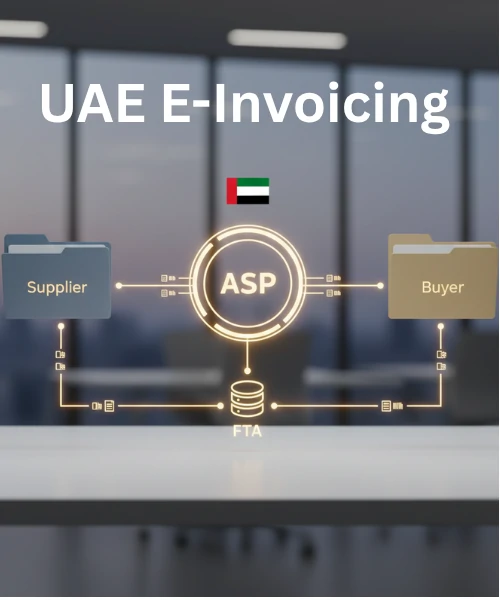
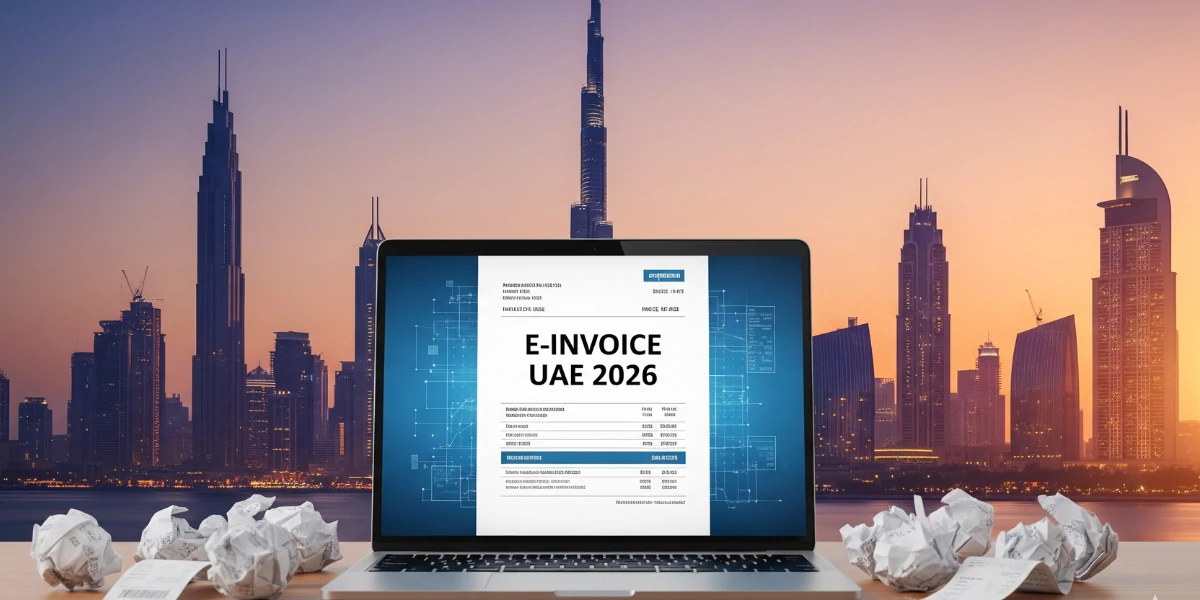



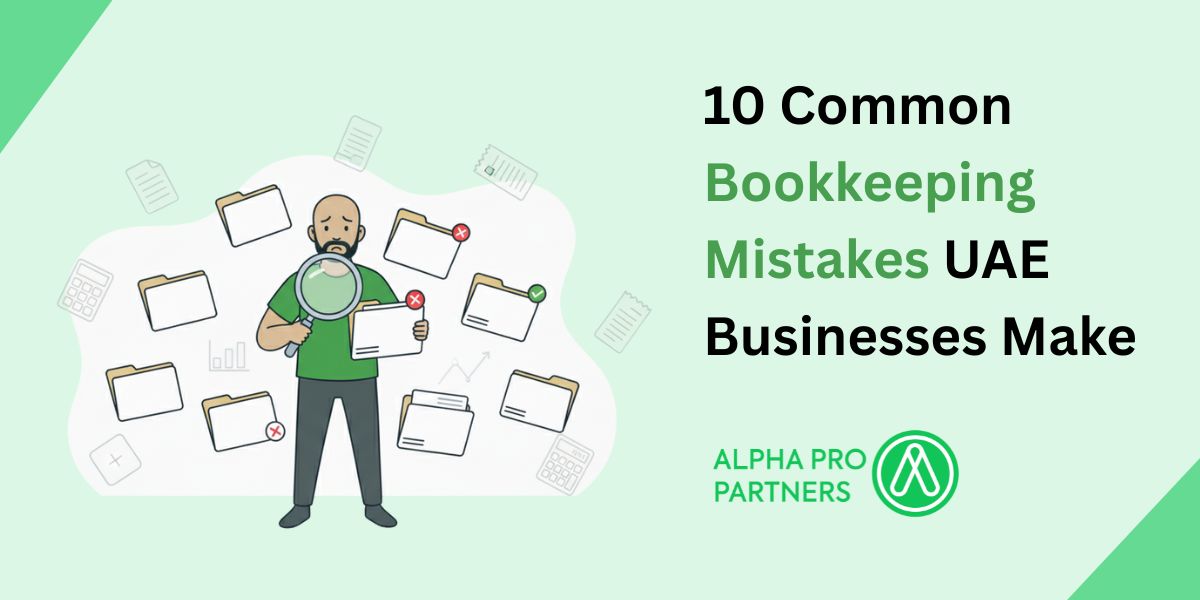
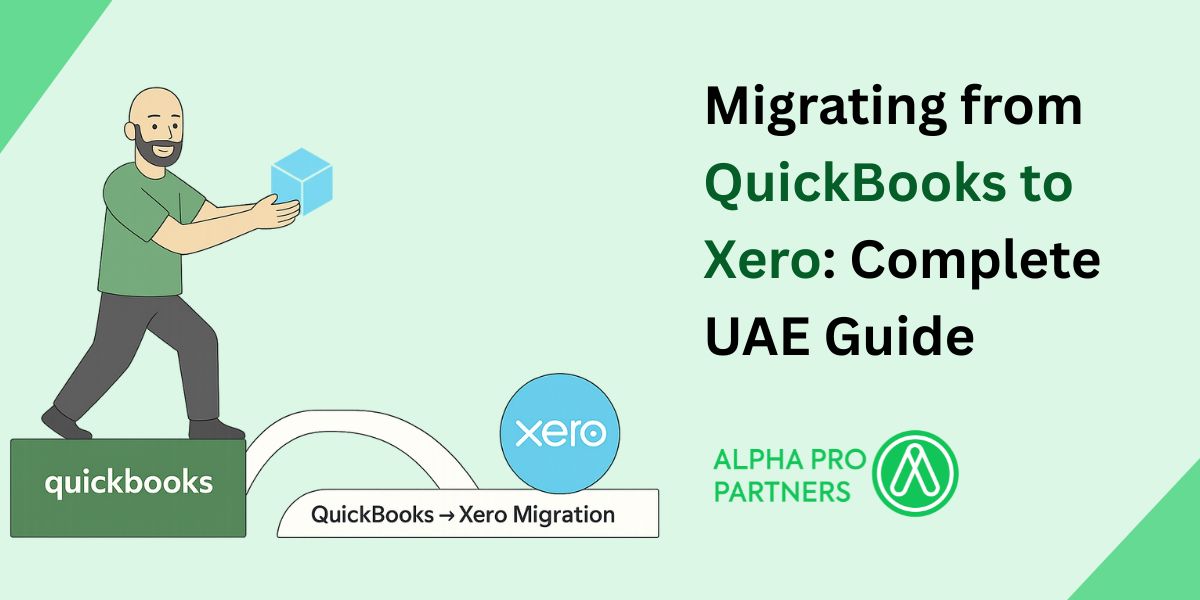
%20Widgets%2C%20Shortcuts%20%26%20Customisation.jpg)







.webp)
.webp)
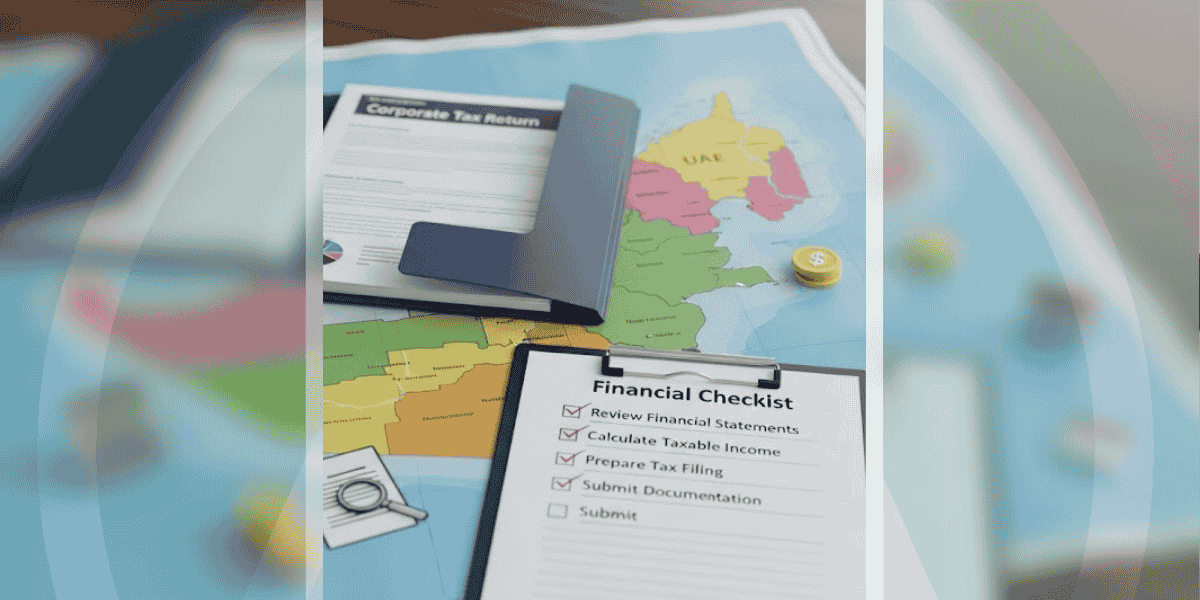

.png)
.png)
.png)
.png)
.png)

.png)
.png)



.png)





.jpg)


.jpg)





.png)
.png)






.png)


